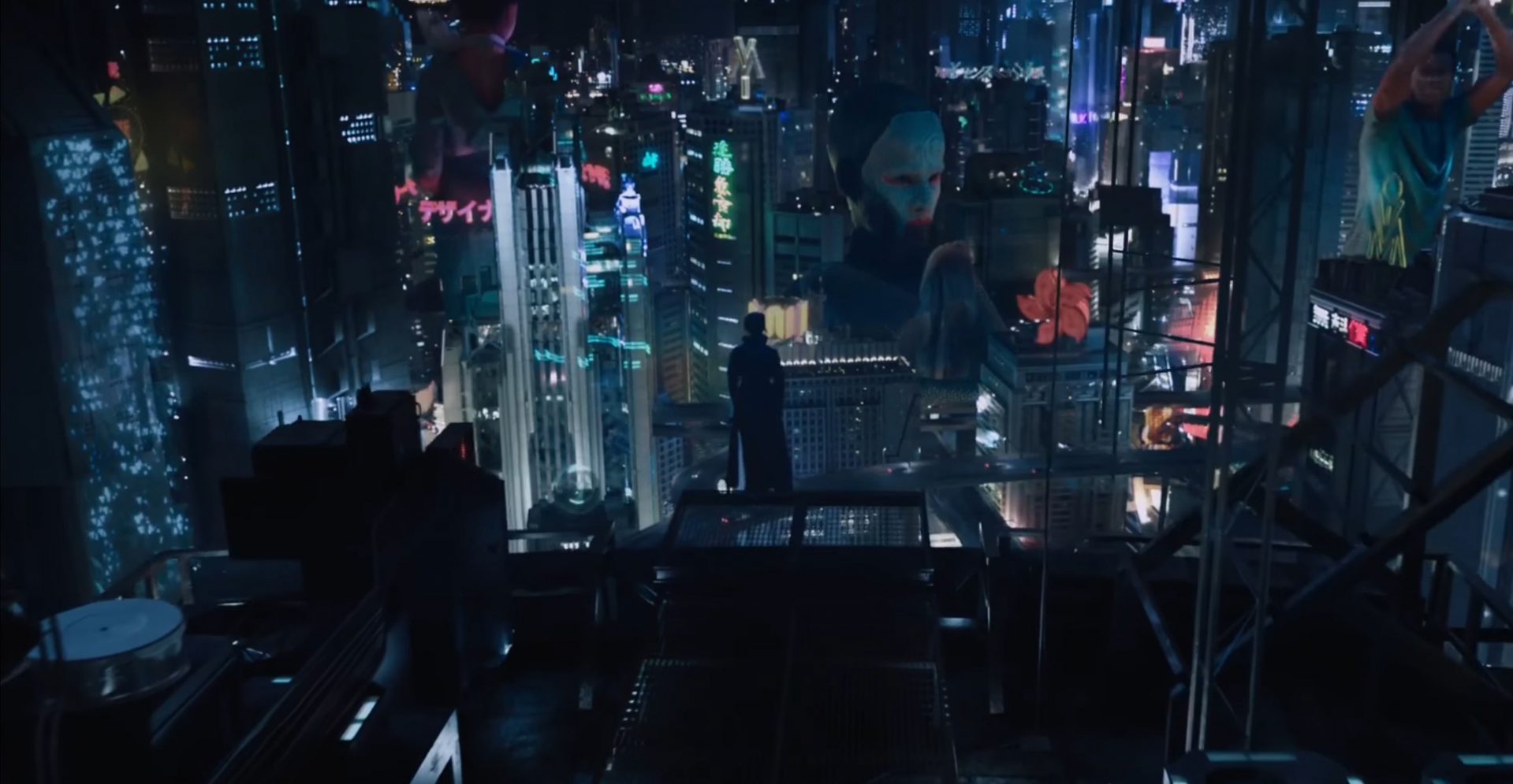[Reading Response 2] Oh No, There Goes Tokyo by William M. Tsutsui, Cheung Wan Suet
There is a thematic parallel between Japan’s calamitous historical past and its visual culture and artistic creation, predominantly characterised by the doom-laden fictional apocalypses. From natural disasters to the nuclear threat, to the burst of a beautiful bubble of economic prosperity, the historical vulnerability led to the perceivable pessimism and unhealable trauma expression in most aspects of its cultural output. However, the reading expresses an interesting point of view to challenge the very established notion of the gloomy “aesthetic of destruction” with a contrasting kind of optimism and hopefulness that lay underneath the seeming surface of pessimism. For films of
Continue reading[Reading Response 2] Oh No, There Goes Tokyo by William M. Tsutsui, Cheung Wan Suet
